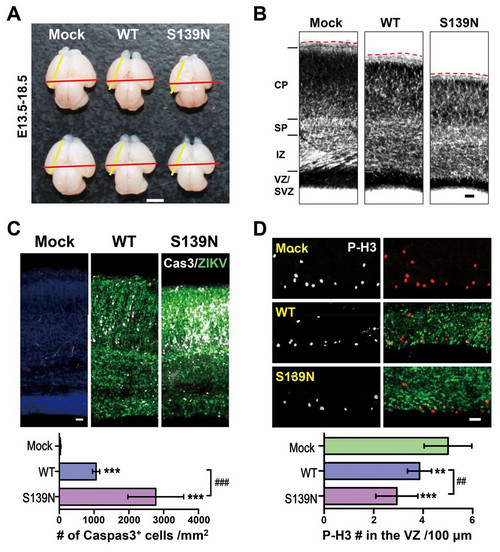

Zika virus (ZIKV) is primarily spread by mosquito bites. In general, the symptoms known to be caused by the virus tend to be mild. They include fever, rash, pain in the joints and pink eye. Symptoms usually occur two to seven days after infection. Many people who are infected do not show any symptoms, and those who do can be treated easily. The virus is now spreading rapidly in Latin America, while Thailand and the Philippines are the most Zika-infected countries in Asia.
ZIKV was first isolated from a sentinel monkey from the Zika forest, Uganda in 1947, and was known only as an obscure mosquito-borne flavivirus when it was found recently in the American continents. In the decades following its discovery, sporadic human ZIKV infections with mild signs and symptoms were reported in a few countries in Africa and Southeast Asia. After several explosive outbreaks in Micronesia in 2007 and French Polynesia in 2013-2014, ZIKV rapidly swept through South and Central America in 2015. Early in 2016, the World Health Organization declared the current ZIKV epidemics as a Public Health Emergency of International Concern due to an unexpected causal link to congenital brain abnormalities, especially microcephaly in fetuses and newborns.
The research was collaboration between Professor Xu Zhiheng, principal investigator at the Institute of Genetics and Developmental Biology under the Chinese Academy of Sciences, and Dr. Qin Chengfeng’s group at the Beijing Institute of Microbiology and Epidemiology. Dr. Xu Zhiheng’s group established the mouse microcephaly model to provide the first direct evidence that ZIKV is causal for ZIKV infection induced microcephaly in women. In a paper published online on Sept 28 in Science, (Science, 28 Sept 2017:eaam7120 DOI: 10.1126/science.aam7120) the two groups answered a very critical question: why did ZIKV suddenly gain the capability to cause microcephaly in the fetus?
They compared the ancestral ZIKV strain (CAM/2010) isolated in Cambodia in 2010 with the contemporary ZIKV strain (VEN/2016) that was isolated in 2015-2016, and found that VEN/2016 infection causes more significant microcephalic brain effects, while CAM/2010 infection causes less significant brain effects. Phylogenetic analysis reveals that contemporary epidemic strains have accumulated multiple mutations from their Asian ancestor. The groups demonstrate that a single mutation in the viral polyprotein (S139N) substantially increased ZIKV infectivity in both human and mouse neural progenitor cells (NPCs) and led to more significant microcephaly in the mouse fetus. Evolutionary analysis indicates that the S139N substitution arose during the 2013 outbreak in French Polynesia and coincided precisely with the emergence of microcephaly and other severe neurological abnormalities including Guillain-Barre syndrome. This mutation has been stably maintained during the subsequent spread to the American continents. This functional adaption makes ZIKV more virulent to human NPCs, thus contributing to the increased incidence of microcephaly in recent ZIKV epidemics.
These findings provide an explanation for the unexpected causal link of ZIKV to microcephaly, and will help in our understanding of how ZIKV evolved from an innocuous mosquito-borne virus into a congenital pathogen with global impact. In addition, the study is believed to provide valuable information for the management of ZIKV-related pathological effects during pregnancy and after birth.
For more information, please contact:
Professor & Dr. Xu Zhiheng
E-mail: zhxu@genetic.ac.cn
Institute of Genetics and Developmental Biology
Chinese Academy of Sciences

A single mutation in the viral polyprotein (S139N) substantially increased ZIKV infectivity in both human and mouse neural progenitor cells (NPCs) (Image from Institute of Genetics and Developmental Biology, CAS)
Source: Institute of Genetics and Developmental Biology, CAS